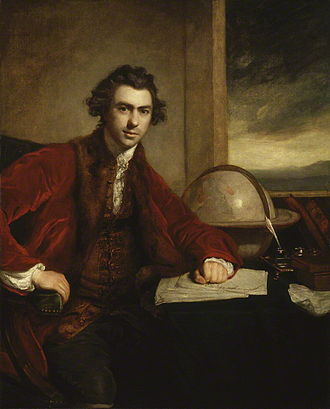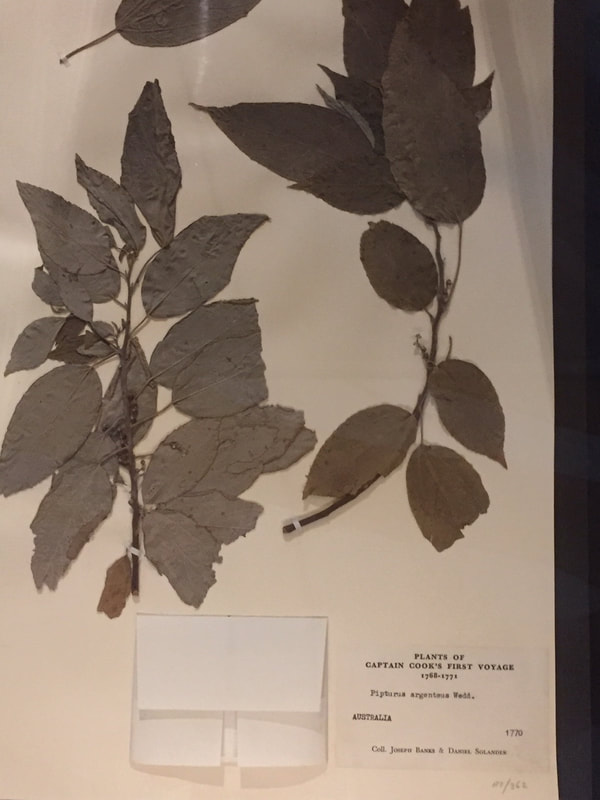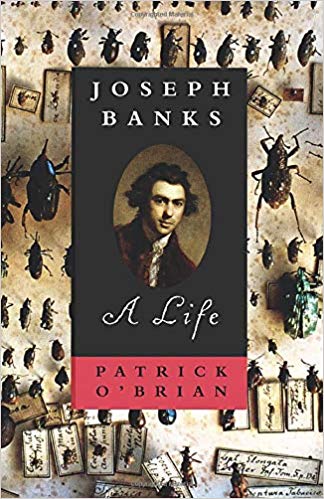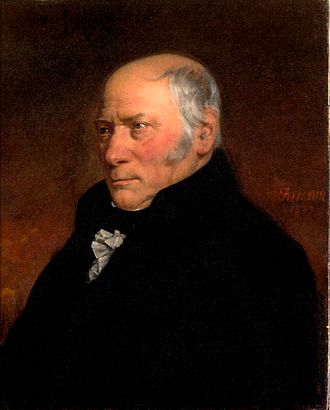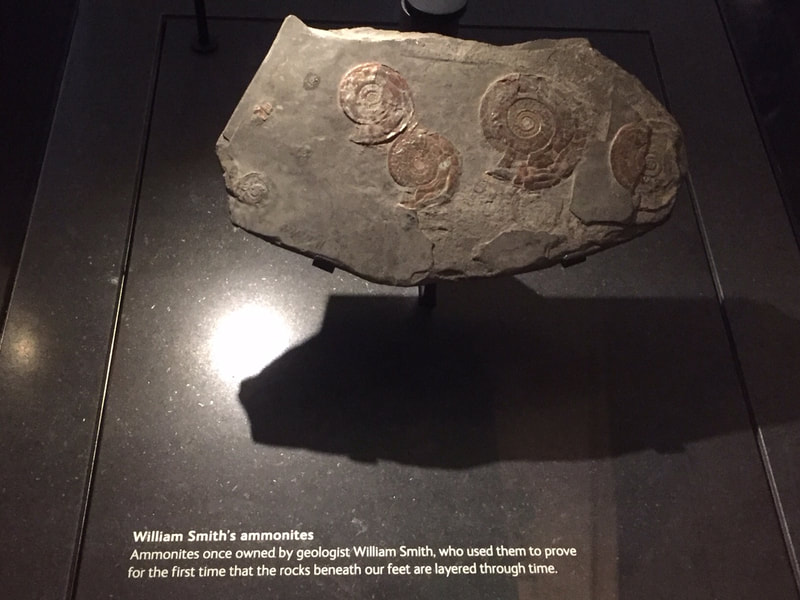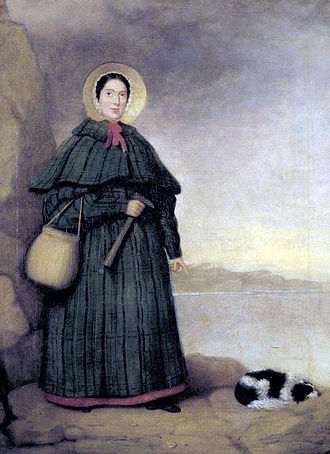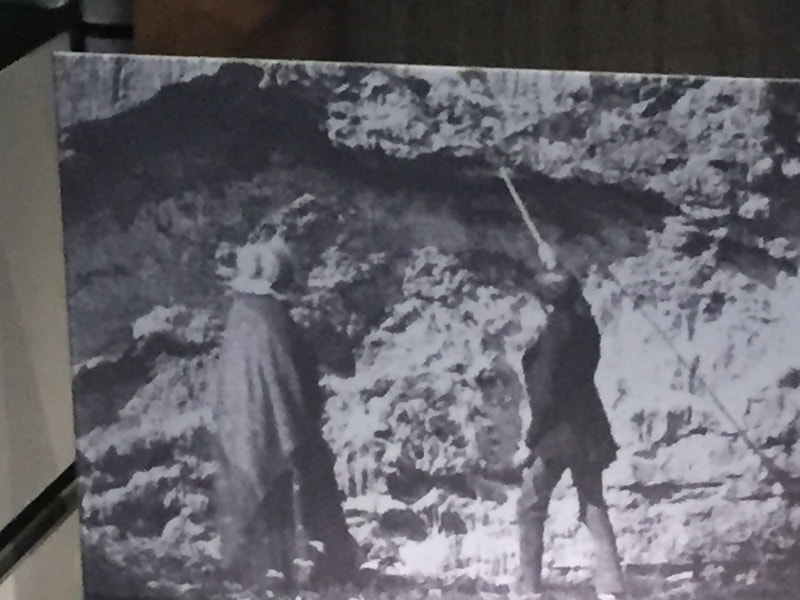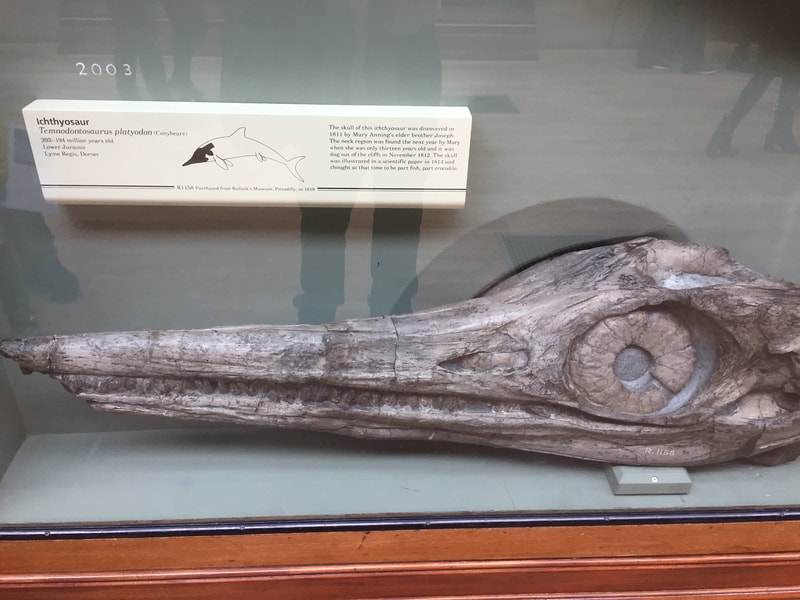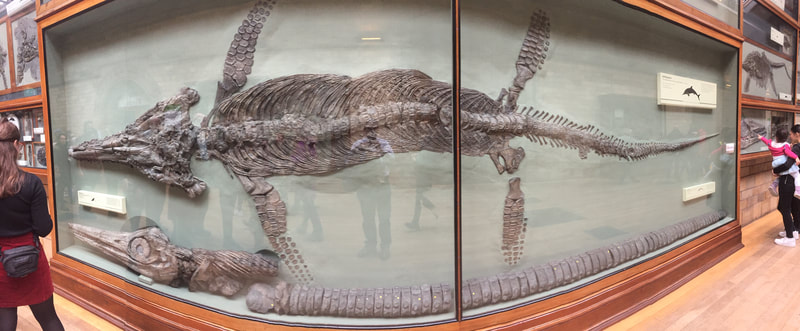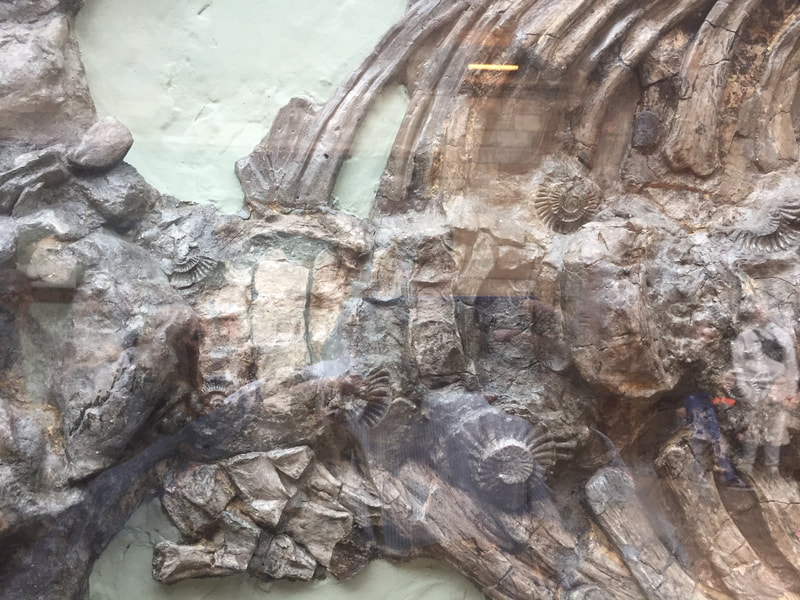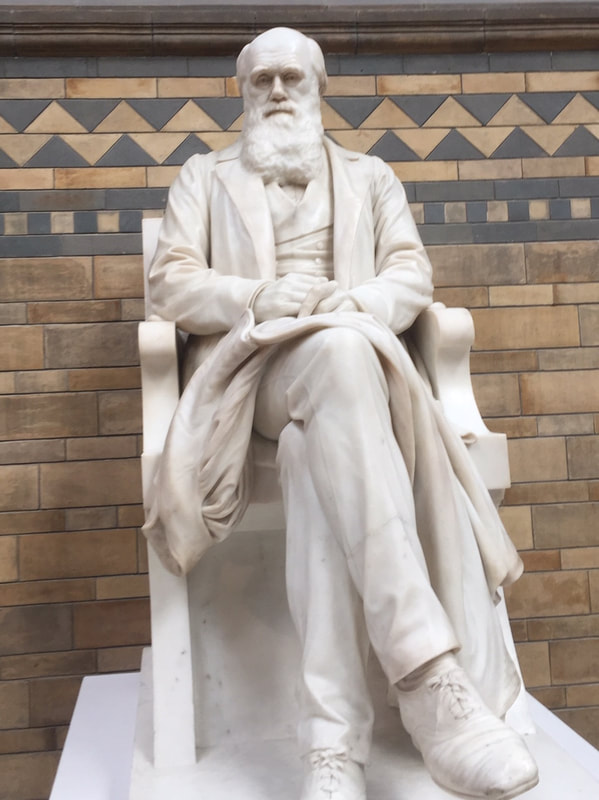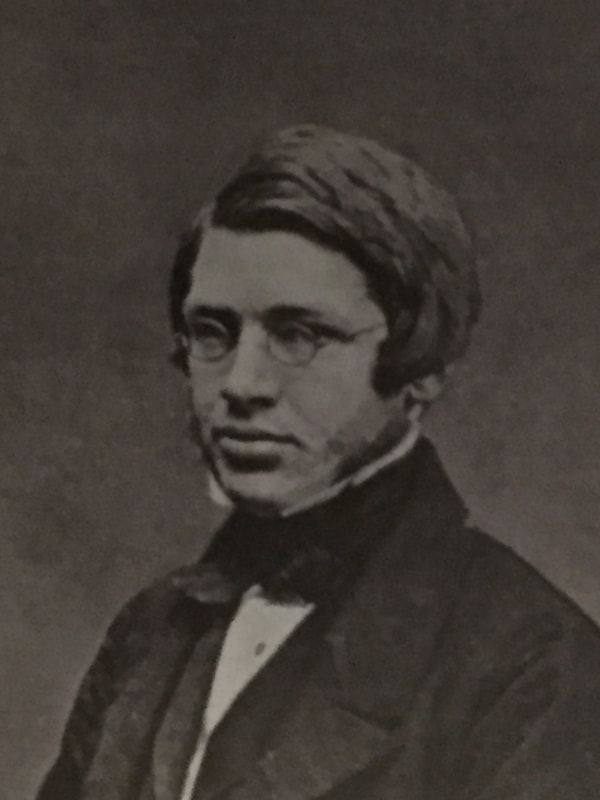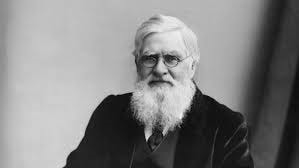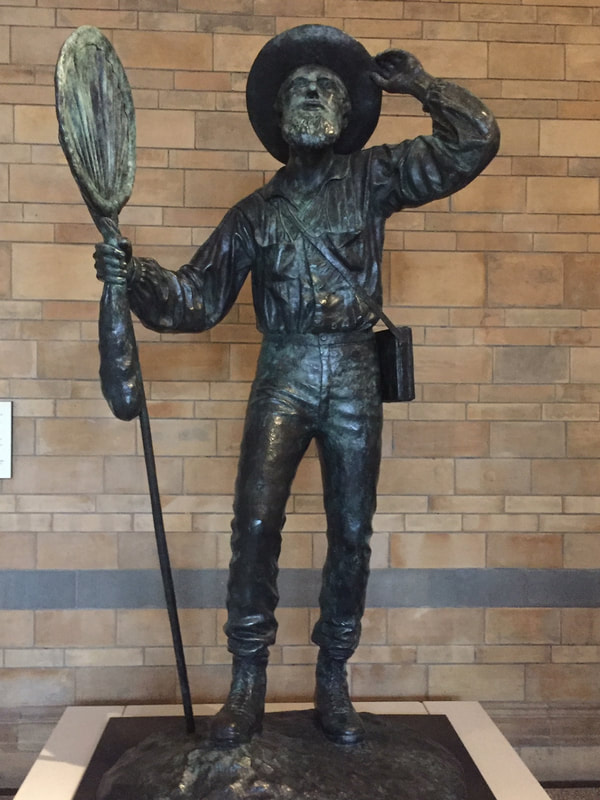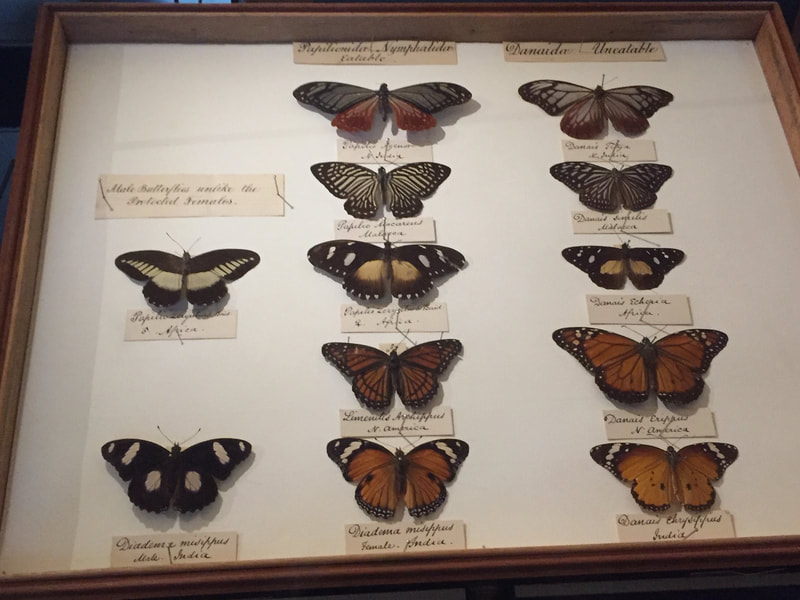|
by Jeff Stehm On a trip to London's Natural History Museum this week, I had the opportunity to capture some photos of the early naturalists that lead the way. Joseph Banks (1743 – 1820) was an English naturalist. He took part in Captain James Cook's first great voyage (1768–1771), visiting Brazil, Tahiti, and after 6 months in New Zealand, Australia, returning to immediate fame. Below is a photo I took at the Natural History Museum of one of Joseph Banks' herberium sheets from that voyage with Cook - 350 years old....amazing! He is credited for bringing 30,000 plant specimens home with him; amongst them, he discovered 1,400. He help found and held the position of president of the Royal Society for over 41 years. William 'Strata' Smith (1769–1839) was an English geologist, credited with creating the first detailed, nationwide geological map of any country. At the time his map was first published he was overlooked by the scientific community; his relatively humble education and family connections prevented him from mixing easily in learned society. Financially ruined, Smith spent time in debtors' prison. It was only late in his life that Smith received recognition for his accomplishments, and became known as the "Father of English Geology". A fascinating book about Smith is Simon Winchester's The Map That Changed the World: William Smith and the Birth of Modern Geology Mary Anning (1799–1847) was an English fossil collector, dealer, and palaeontologist who became known around the world for important finds she made in Jurassic marine fossil beds in the cliffs along the English Channel at Lyme Regis in the county of Dorset in Southwest England. Her findings contributed to important changes in scientific thinking about prehistoric life and the history of the Earth. An enjoyable historical fiction book about Mary Anning is Tracy Chevalier's Remarkable Creatures Charles Darwin (1809 – 1882) needs little introduction as a naturalist. His co-discovery of evolution by natural selection with Alfred Russel Wallace (see below) is well-known. Alfred Russel Wallace (1823 – 1913) was a British naturalist, explorer, geographer, anthropologist, biologist and illustrator.[1] He is best known for independently conceiving the theory of evolution through natural selection; his paper on the subject was jointly published with some of Charles Darwin's writings in 1858.This prompted Darwin to publish his own ideas in On the Origin of Species. Like Darwin, Wallace did extensive fieldwork; first in the Amazon River basin, and then in the Malay Archipelago, where he identified the faunal divide now termed the Wallace Line, which separates the Indonesian archipelago into two distinct parts: a western portion in which the animals are largely of Asian origin, and an eastern portion where the fauna reflect Australasia. He was considered the 19th century's leading expert on the geographical distribution of animal species and is sometimes called the "father of biogeography".
0 Comments
Your comment will be posted after it is approved.
Leave a Reply. |
Have a blog or blog idea?
Let us know (click) Other Blogs
VA Native Plant Society - click Brenda Clement Jones - click John Muir Laws' Blog - click Megan's Nature Nook - click Categories
All
Archives
September 2023
Blog Administrator:
Kathleen A. VMN since 2018 |
